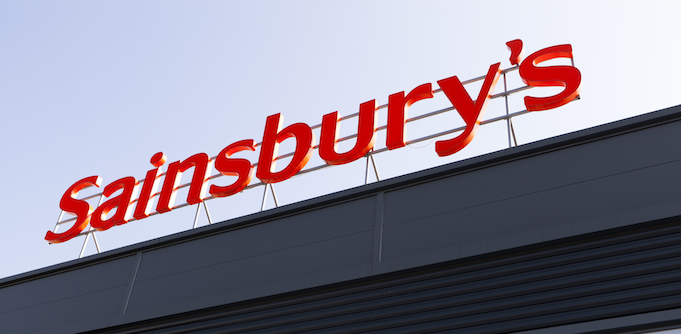
There has been a lot written about the proposed grocery store merger between Sainsbury’s and Walmart subsidiary ASDA in the UK. The number one and two players in the UK supermarket sector are struggling for growth, and finding it increasingly difficult to gain an internal cost advantage to protect margins while funding lower shelf prices at a time of intense price competition from Germany’s Aldi and Lidl brands.
The idea is that a merger will allow the combined business to wash out duplicated costs behind the shelves at warehouse and head office levels, but retain the two brands at store level. They may also be able to retire some unprofitable stores and remove overlap stores in key postcodes to lower cannibalisation and increase sales within the remaining store in that postcode. It’s all good and I applaud the boards of both companies for looking at a solution to the changing dynamics within the market.
However, here’s the but …
Aldi and Lidl aren’t changing their model and the model still remains very attractive to shoppers — all shoppers (not just low-income shoppers). These shoppers are getting a smaller range of consistently well-priced, high quality items they need every week. Plus the excitement of a $149 retro leather chair with a perceived value of $1000 still draws us in via old school, recycled paper catalogues.
This simpler approach to life has reengineered the way we shop for groceries, turning on its head the massive SKU growth from 3000 items in a grocery store in the late 1970s to over 30,000 items at the peak of the hypermarket grocery store offering in the early 2000s. There are already too many grocery items for the aisles available so I’m not sure it will increase the buying power of a combined Sainsbury’s and ASDA business.
What about increased market share? In the UK, Kantar retail keeps the score and a new combined Sainsbury’s ASDA will have around 30% market share, with Aldi and Lidl combined at 12.7%. Sound familiar? In Australia, Roy Morgan keeps the score; we have Woolworths at 32.2%, Coles at 28.8% and Aldi alone at 12.1%. I’m not sure what defence a 30% market share will give Sainsbury’s ASDA against Aldi and Lidl. It hasn’t helped Woolworths or Coles.
However, in the Australian market the current shopping experience, store staff, head office leadership teams, pricing and slimmed-down item range is without doubt a huge improvement over the pre-Aldi days. Today, shopping at a Coles or Woolworths store is a pleasure and I’m not being asked to pay too much more for that pleasure, range and depth of fresh offering. The new store formats, whether large convenience in metro areas or large format in out-of-town malls, are very good. So are the staff.
I sit on a few boards (granted rather smaller than a top 20 global grocery retailer) who love a good strategic debate and clarity of pathway. However, retail boards need to spend time in store because, in retail, the implementation down at store level is what makes the difference.
Let’s see how it all plays out, but I’m not sure the new American British alliance will stop the march of the Germans in the UK.


COMMENTS
SmartCompany is committed to hosting lively discussions. Help us keep the conversation useful, interesting and welcoming. We aim to publish comments quickly in the interest of promoting robust conversation, but we’re a small team and we deploy filters to protect against legal risk. Occasionally your comment may be held up while it is being reviewed, but we’re working as fast as we can to keep the conversation rolling.
The SmartCompany comment section is members-only content. Please subscribe to leave a comment.
The SmartCompany comment section is members-only content. Please login to leave a comment.